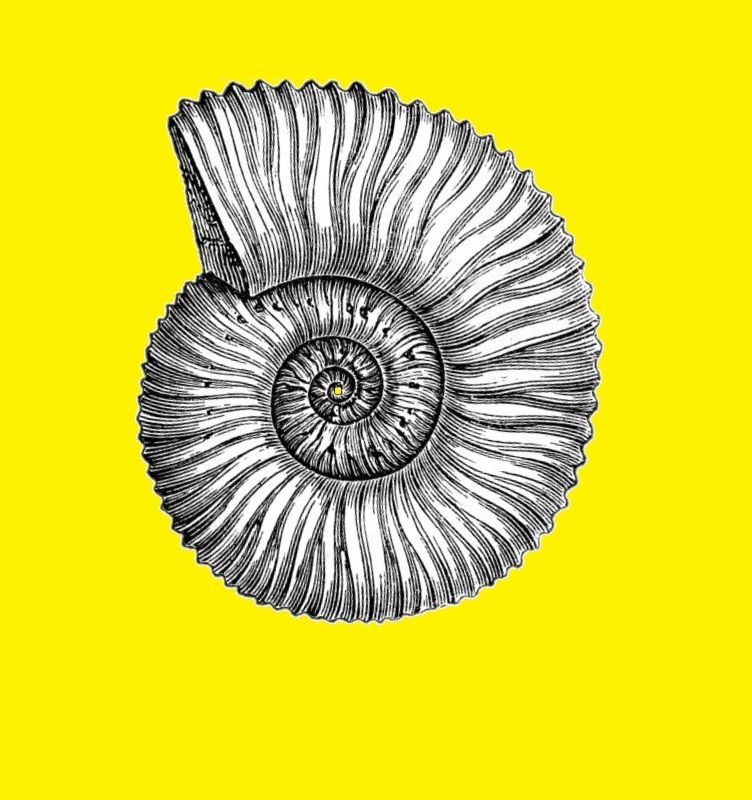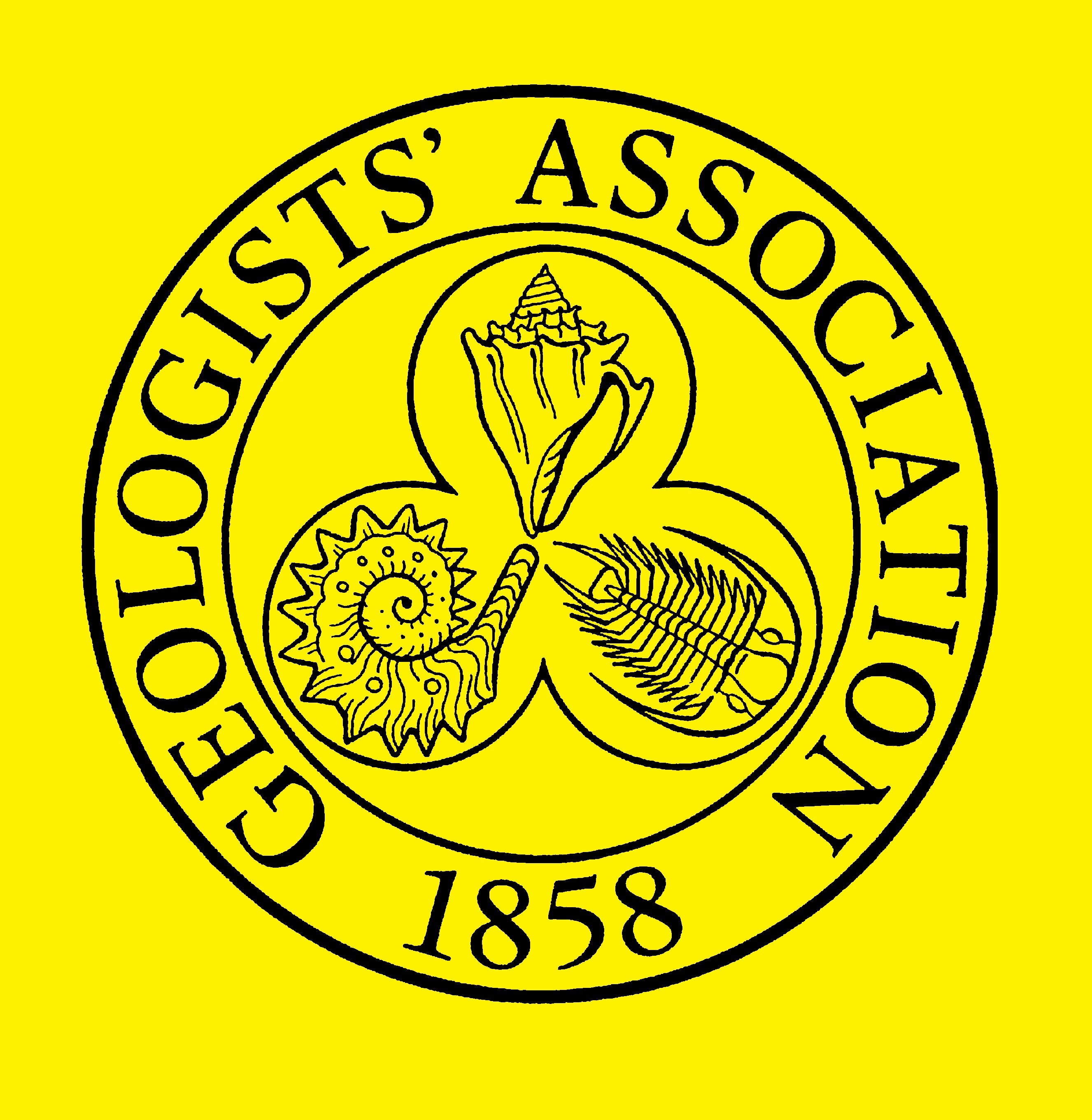
|
KENT GEOLOGISTS' GROUPWhat is Matter |

|
What is Matter
The ancient Greeks thought that all matter in the universe was made of four elements, earth, air, fire and water in different quantities. Thus wood may have comprised earth with water and fire (apparent when the wood was burned).
They also believed that there was a minimum quantity of an element that could exist and still retain the properties of the element. Democritus (460-370BC) called this an 'atom' from the Greek for "uncuttable".
This concept of an atom then remained virtually dormant until John Dalton, an English chemist, revived it in 1803. By normalising the weight of a hydrogen atom to unity and analysing the proportions by weight in which elements combined to form compounds, Dalton was able to arrive at atomic weights for other elements. This radical development formed the basis of modern atomic theory.
Today we have identified over 100 elements of which 92 (up to and including uranium) occur naturally; the rest have been artificially created by man in nuclear piles.
We also know that the Greek concept of the atom was correct though the atom is now known to comprise smaller particles called electrons surrounding a nucleus comprising protons and neutrons that consist of even small particles called quarks.
The arrangement of these sub-atomic particles in each element determines the way in which elements react to form compounds and the characteristics of the resulting compound. It is the basis of chemistry, mineralogy and our understanding of rocks and minerals. To learn more, click on 'Atoms, Elements and Compounds' below.
| Minerals | Atoms, Elements and Compounds | Why Collect Minerals? | Mineral Gallery |